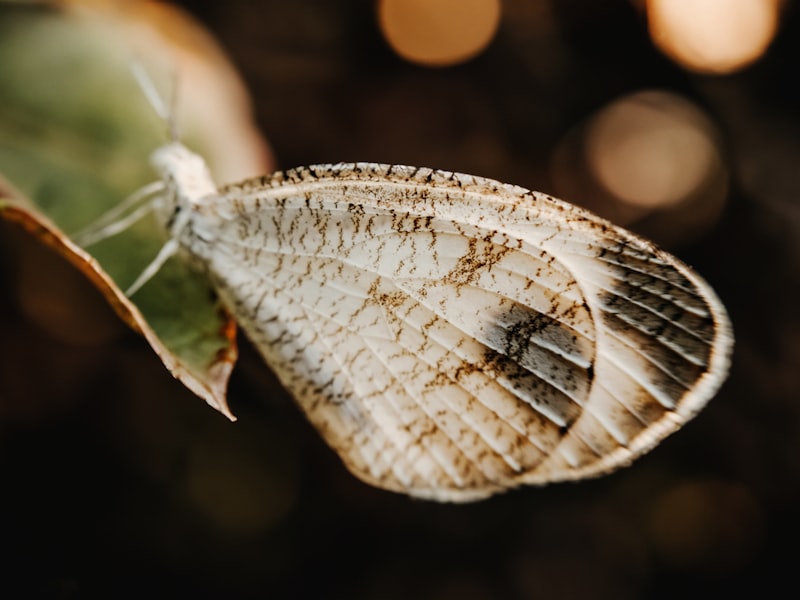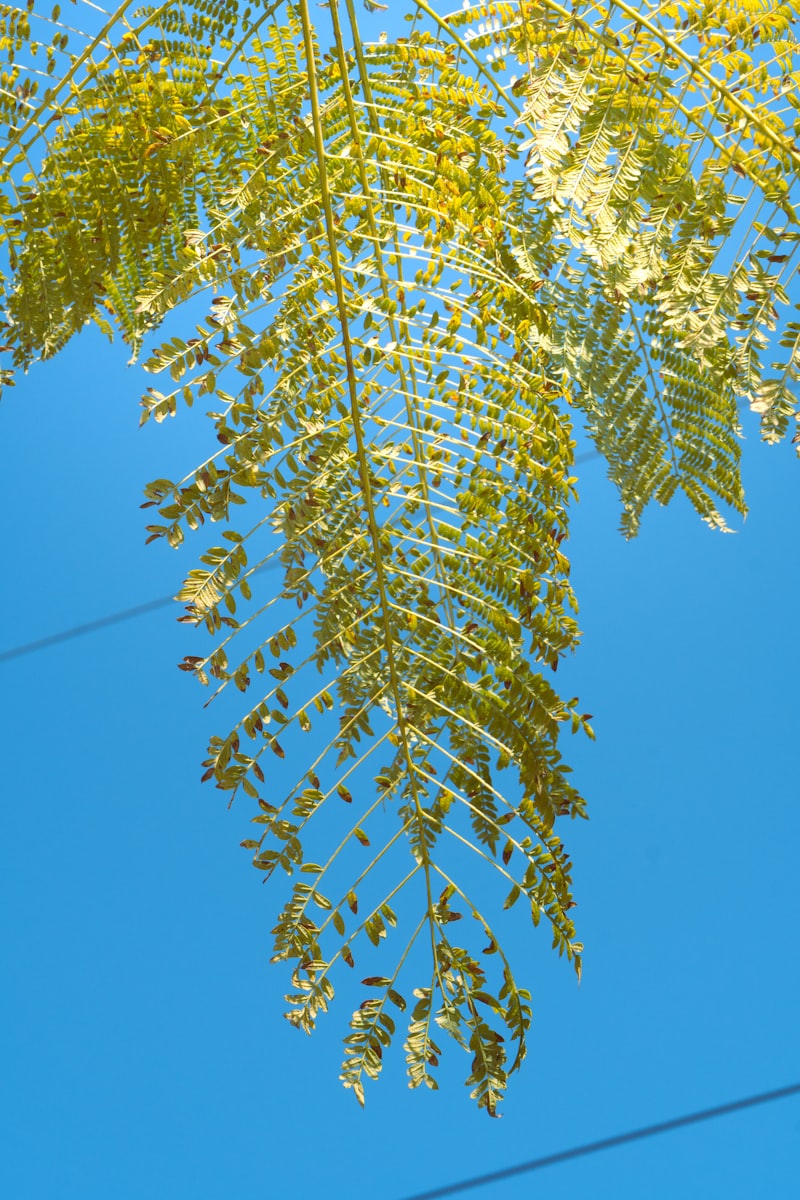Imagine a world where lush forests echo with the calls of endangered species, and pristine wetlands provide sanctuary for migratory birds. This vision of biodiversity hinges on one crucial factor: habitat conservation. Protecting wildlife’s homes isn’t just about preserving picturesque landscapes; it’s about safeguarding entire ecosystems and the myriad species that call them home.
Habitat loss remains one of the greatest threats to global biodiversity. Human activities such as deforestation, urban sprawl, and industrial development continue to encroach upon natural habitats, displacing wildlife and disrupting delicate ecological balances. The consequences ripple far beyond the immediate loss of green spaces; endangered species lose their breeding grounds, and entire food chains are destabilized.
Conservation efforts aim to reverse this trend by creating protected areas where wildlife can thrive undisturbed. National parks, wildlife reserves, and marine sanctuaries serve as havens for species ranging from majestic tigers to elusive sea turtles. These designated zones not only offer refuge but also foster research and education crucial for understanding and preserving biodiversity.
Moreover, habitat conservation isn’t solely a matter of protecting charismatic megafauna. It’s about safeguarding the intricate web of life that supports ecosystems worldwide. Wetlands act as natural filters, purifying water and mitigating floods. Forests sequester carbon dioxide, helping mitigate climate change. By preserving these habitats, we not only protect wildlife but also secure essential ecosystem services vital for human well-being.
Yet, the battle to conserve habitats is multifaceted. It requires collaboration between governments, conservation organizations, and local communities. Sustainable land-use practices, reforestation initiatives, and habitat restoration projects all play pivotal roles in this endeavor. Each step forward in habitat conservation represents a commitment to a healthier planet and a sustainable future where humans and wildlife coexist harmoniously.
In the quest to protect wildlife’s homes, every action counts. Whether advocating for policy change, supporting local conservation initiatives, or simply spreading awareness, individuals can make a tangible difference. Together, we hold the key to preserving Earth’s natural wonders for generations to come.
Beyond Borders: Global Efforts Intensify in Conserving Wildlife Habitats
One of the most notable global initiatives is the establishment of transboundary conservation areas. These expansive zones span across multiple countries, pooling resources and expertise to manage and preserve vast stretches of wilderness. By creating interconnected networks of protected areas, such as biosphere reserves and wildlife corridors, nations are fostering biodiversity and ensuring the survival of endangered species.
In addition to governmental efforts, international organizations and NGOs play a pivotal role in wildlife habitat conservation. Through strategic partnerships and grassroots initiatives, these entities empower local communities and implement sustainable practices that harmonize human activities with ecological needs. This holistic approach not only safeguards habitats but also supports livelihoods and promotes eco-tourism as a sustainable economic alternative.
Moreover, advancements in technology have revolutionized conservation efforts on a global scale. Satellite monitoring, drone surveillance, and data analytics are being leveraged to track wildlife populations, detect illegal activities, and assess environmental changes in real-time. These innovations provide invaluable insights that guide conservation strategies and facilitate rapid response to emerging threats.
As we navigate the challenges posed by climate change and biodiversity loss, the collaborative spirit of global conservation efforts offers hope for the future. By embracing unity and innovation, stakeholders worldwide are forging a path towards a more resilient planet where wildlife habitats thrive for generations to come.
Secrets of Success: How Habitat Conservation Is Boosting Wildlife Populations
One of the key secrets behind successful habitat conservation efforts lies in the strategic planning and collaborative efforts among various stakeholders. Governments, non-profit organizations, local communities, and even businesses often work together to designate and protect critical habitats. This concerted approach helps in creating wildlife corridors and protected areas where animals can live and breed without human interference.
Moreover, habitat conservation focuses on restoring degraded ecosystems. This could involve reforestation initiatives, removing invasive species, or even modifying landscapes to mimic natural habitats that have been lost. By restoring these environments, we provide wildlife with the necessary resources like food, shelter, and breeding grounds, essential for their survival and growth.
Another crucial aspect of successful habitat conservation is raising awareness and educating the public. When communities understand the importance of preserving habitats, they are more likely to support conservation efforts and even participate actively. Education campaigns, nature reserves open to the public, and outreach programs all contribute to fostering a sense of stewardship towards our natural world.
Furthermore, scientific research plays a vital role in understanding how habitats function and what species need to thrive. By studying ecosystems and wildlife behaviors, conservationists can make informed decisions about where to allocate resources and which areas need protection the most urgently.
In essence, habitat conservation isn’t just about protecting cute animals; it’s about preserving entire ecosystems and ensuring the sustainability of our planet’s biodiversity. Through careful planning, restoration efforts, community involvement, and scientific research, we can continue to boost wildlife populations and secure a healthier future for all species.
In the Line of Fire: Threats Facing Wildlife Habitats Around the World
One of the most pressing threats facing wildlife habitats today is habitat loss due to human activities. As populations grow and urban areas expand, natural habitats are often cleared for agriculture, infrastructure development, and residential areas. This encroachment not only diminishes the available space for wildlife but also disrupts intricate ecological balances that have evolved over millennia.
Climate change exacerbates these challenges by altering temperature and precipitation patterns, directly impacting habitat suitability for many species. Rising temperatures can force species to migrate to higher latitudes or elevations in search of suitable conditions, a perilous journey that not all can survive. Additionally, more frequent and severe weather events like storms and droughts can devastate fragile habitats, leaving species vulnerable and struggling to adapt.
Illegal wildlife trade poses another grave threat to habitats around the globe. Poaching and trafficking of endangered species not only decimate populations but also destabilize ecosystems by removing key species that play critical roles in their habitats. The ripple effects can be profound, affecting everything from plant pollination to predator-prey dynamics.
Pollution is yet another insidious threat to wildlife habitats. Chemical contaminants from industrial run-off, plastics in oceans, and pesticide residues can accumulate in habitats, poisoning plants and animals alike. This contamination weakens species and undermines their ability to thrive and reproduce, further jeopardizing the delicate balance of ecosystems.
Invasive species also pose a significant threat by outcompeting native species for resources or directly preying upon them. Whether introduced intentionally or accidentally, invasive species can rapidly spread and disrupt entire ecosystems, leading to cascading effects that threaten biodiversity on a large scale.
Understanding and addressing these multifaceted threats is crucial to safeguarding wildlife habitats and the species that depend on them. Conservation efforts must be holistic, integrating habitat protection, sustainable land use practices, climate resilience strategies, and robust enforcement of wildlife protection laws. By taking proactive steps now, we can mitigate the impacts of these threats and ensure a future where wildlife habitats remain vibrant and teeming with life.
Urban Oasis: Innovations in Preserving Wildlife Habitats Amid Urbanization
One remarkable innovation in preserving wildlife habitats amid urbanization is the integration of green roofs. These are not just ordinary rooftops; they are flourishing gardens high above the city streets. Green roofs provide shelter and food for insects and birds while also insulating buildings and reducing urban heat island effects. They transform barren rooftops into vibrant ecosystems, promoting biodiversity in the heart of the city.
Furthermore, city planners are reimagining urban spaces with wildlife corridors. These are pathways of greenery that connect fragmented natural areas, allowing animals to move safely through the urban landscape. Picture a series of interconnected parks and green belts winding through the city, offering animals safe passage and humans a chance to reconnect with nature without leaving the urban environment.
Another exciting development is the creation of artificial wetlands within cities. These man-made aquatic habitats mimic natural wetlands and provide essential habitats for various species, including amphibians, waterfowl, and aquatic plants. By incorporating natural filtration systems, these wetlands also improve water quality and help mitigate flooding, showcasing how urbanization can benefit both wildlife and residents alike.
Moreover, advancements in building design are promoting cohabitation with wildlife. From bird-friendly glass to wildlife crossings over highways, architects and engineers are implementing solutions that minimize the negative impact of urban development on local ecosystems. These innovations demonstrate a growing awareness of the importance of wildlife conservation in urban planning.
Ecosystem Guardians: Local Communities Take Lead in Habitat Conservation
Imagine a small village nestled at the edge of a lush forest. Here, the villagers aren’t just inhabitants; they are stewards of the land they call home. They understand every tree, every stream, and every creature that depends on the ecosystem’s delicate balance. For them, conservation isn’t a buzzword; it’s a way of life.
One such community initiative is happening in , where residents have banded together to protect a vital nesting ground for endangered birds. Through tireless monitoring and advocacy, they have successfully reduced human-wildlife conflict and ensured the survival of these majestic creatures for generations to come.

But conservation efforts aren’t confined to remote villages alone. Even in bustling urban centers, community gardens and rooftop green spaces are springing up, providing havens for pollinators and native plants. These green oases not only beautify the concrete jungle but also serve as educational hubs, teaching city dwellers about the importance of biodiversity conservation in an increasingly urbanized world.
What drives these community guardians? It’s a deep-rooted sense of responsibility and a shared belief that every action, no matter how small, can make a difference. By working hand in hand with scientists, policymakers, and conservationists, local communities amplify their impact and create lasting change.
In essence, these ecosystem guardians are rewriting the narrative of conservation. They are proving that protecting nature isn’t just a job for governments and NGOs—it’s a collective effort that starts right at home. As we look to the future, let’s draw inspiration from these local champions and support their endeavors in safeguarding our precious natural heritage. Together, we can build a world where humans and wildlife thrive in harmony, guided by the passion and dedication of our local communities.
From Forests to Oceans: Diverse Strategies in Wildlife Habitat Preservation
Imagine a dense rainforest, teeming with life. Here, preservation efforts focus on combating deforestation and promoting sustainable practices. By protecting these forests, we not only conserve countless species of flora and fauna but also maintain crucial biodiversity. It’s akin to safeguarding a library of nature’s secrets, where every species plays a unique role in the intricate web of life.
Moving to the expansive oceans, habitat preservation takes on a different hue. Marine protected areas (MPAs) are established to safeguard vulnerable ecosystems such as coral reefs and seagrass beds. These underwater sanctuaries act as refuges where marine life can thrive undisturbed. Like underwater cities bustling with activity, these habitats provide homes and nurseries for a myriad of species, from tiny fish to majestic sea turtles.
The strategies employed in wildlife habitat preservation are as diverse as the ecosystems they aim to protect. They range from legislative measures and international agreements to community-led initiatives and scientific research. Each strategy is tailored to the unique challenges and opportunities presented by different habitats, ensuring a holistic approach to conservation.
Why is it crucial to preserve these habitats? Imagine a world where rainforests vanish, and coral reefs bleach into lifeless expanses. The loss would reverberate across ecosystems, affecting everything from climate stability to food security. Preserving wildlife habitats isn’t just about protecting charismatic species; it’s about safeguarding the very foundation of our planet’s health and resilience.

As we navigate the complexities of habitat preservation, it’s clear that collaboration is key. Governments, NGOs, local communities, and individuals all play crucial roles in these efforts. By working together, we can ensure that future generations inherit a world where forests thrive, oceans pulse with life, and wildlife habitats remain vibrant and resilient.
Frequently Asked Questions
What is habitat conservation and why is it important for wildlife?
Habitat conservation refers to efforts aimed at protecting and preserving natural environments where plants and animals live. It is crucial for wildlife as it ensures that ecosystems remain intact, providing food, shelter, and breeding grounds. By conserving habitats, we safeguard biodiversity and support the balance of ecosystems, which are essential for the survival of numerous species.
What are some key strategies for conserving habitats?
Learn about effective strategies for conserving habitats, including habitat restoration, sustainable land management practices, protected area establishment, community engagement in conservation efforts, and biodiversity monitoring. Discover actionable approaches to preserve natural ecosystems and wildlife habitats.
What are the benefits of preserving diverse ecosystems through habitat conservation?
Discover the benefits of preserving diverse ecosystems through habitat conservation. Learn how this practice supports biodiversity, protects endangered species, ensures ecosystem services like clean air and water, and enhances resilience to climate change.
How does habitat loss threaten wildlife species?
Discover how habitat loss poses a significant threat to wildlife species. Learn about the critical impact of shrinking habitats on biodiversity and survival rates.
How can individuals contribute to protecting wildlife habitats?
Learn how individuals can make a difference in protecting wildlife habitats with practical tips and actions. Discover ways to support conservation efforts, reduce human impact, and promote biodiversity preservation.


